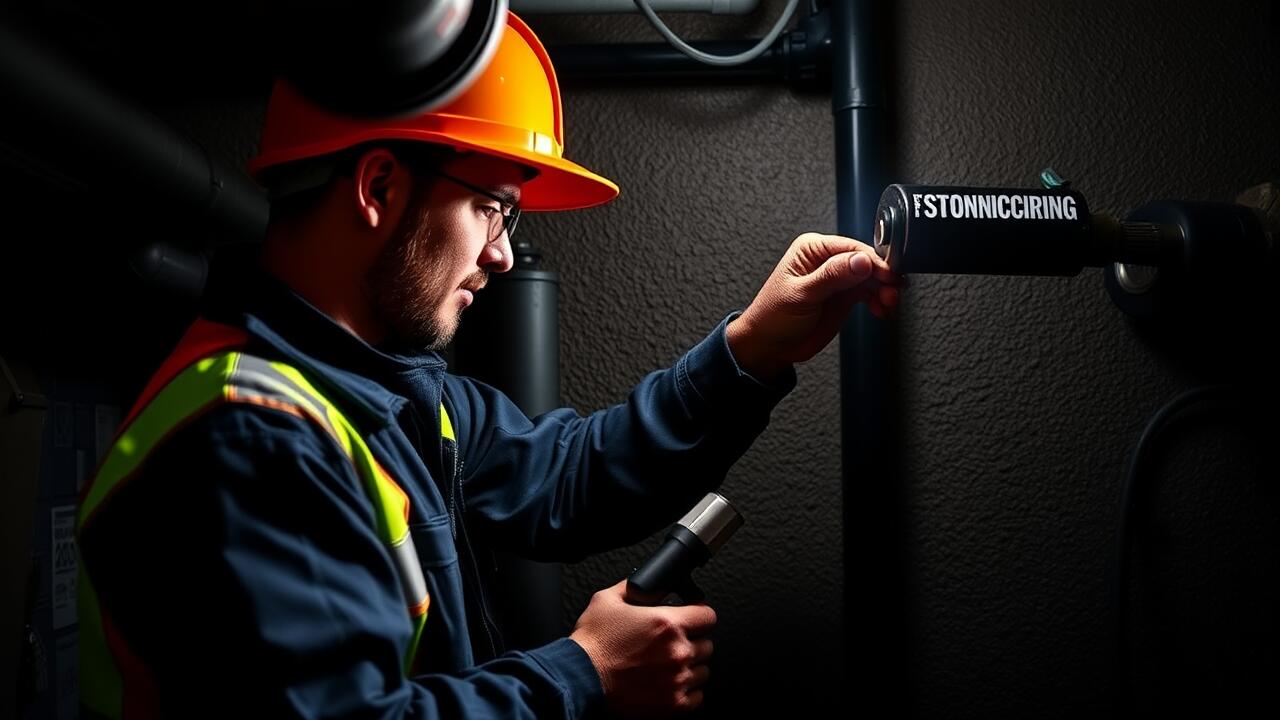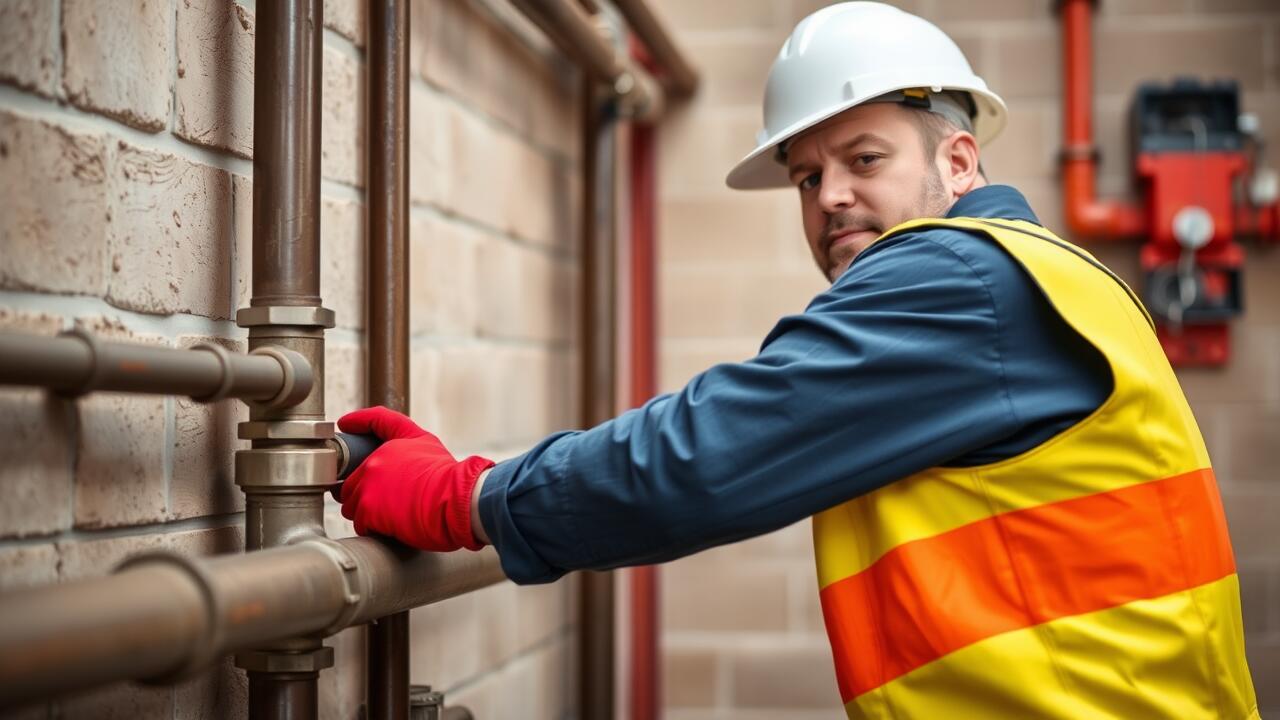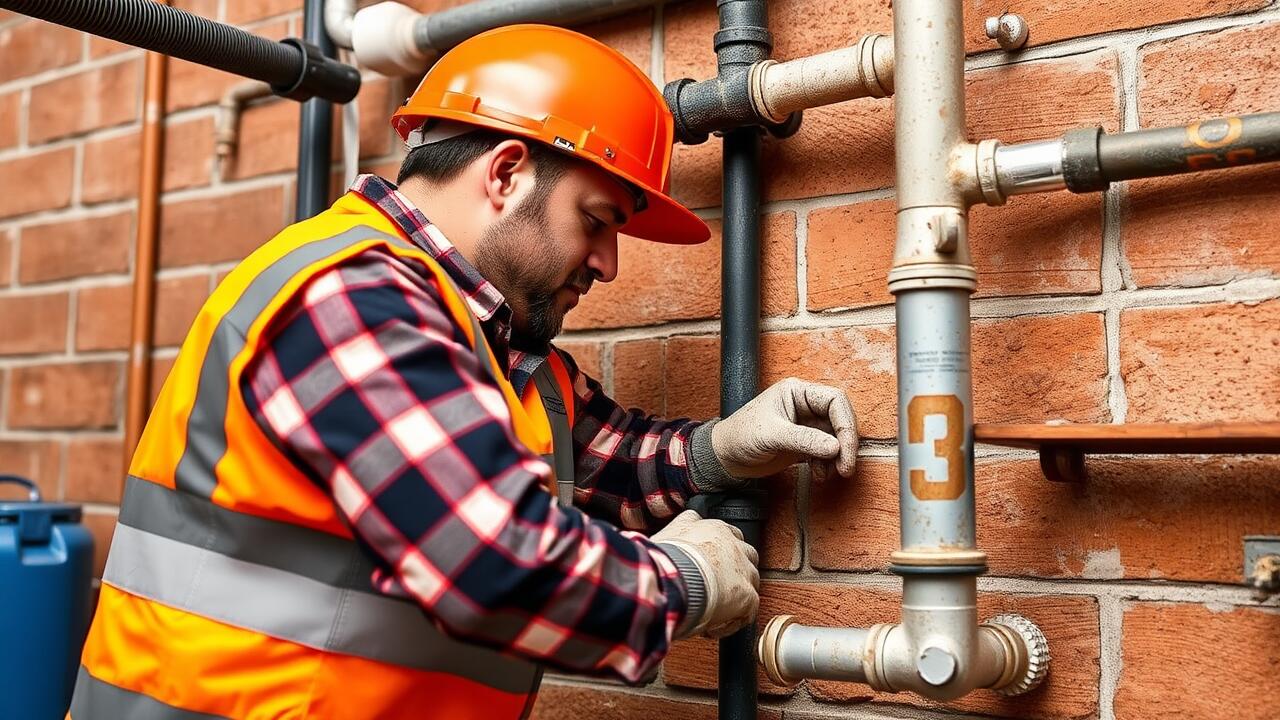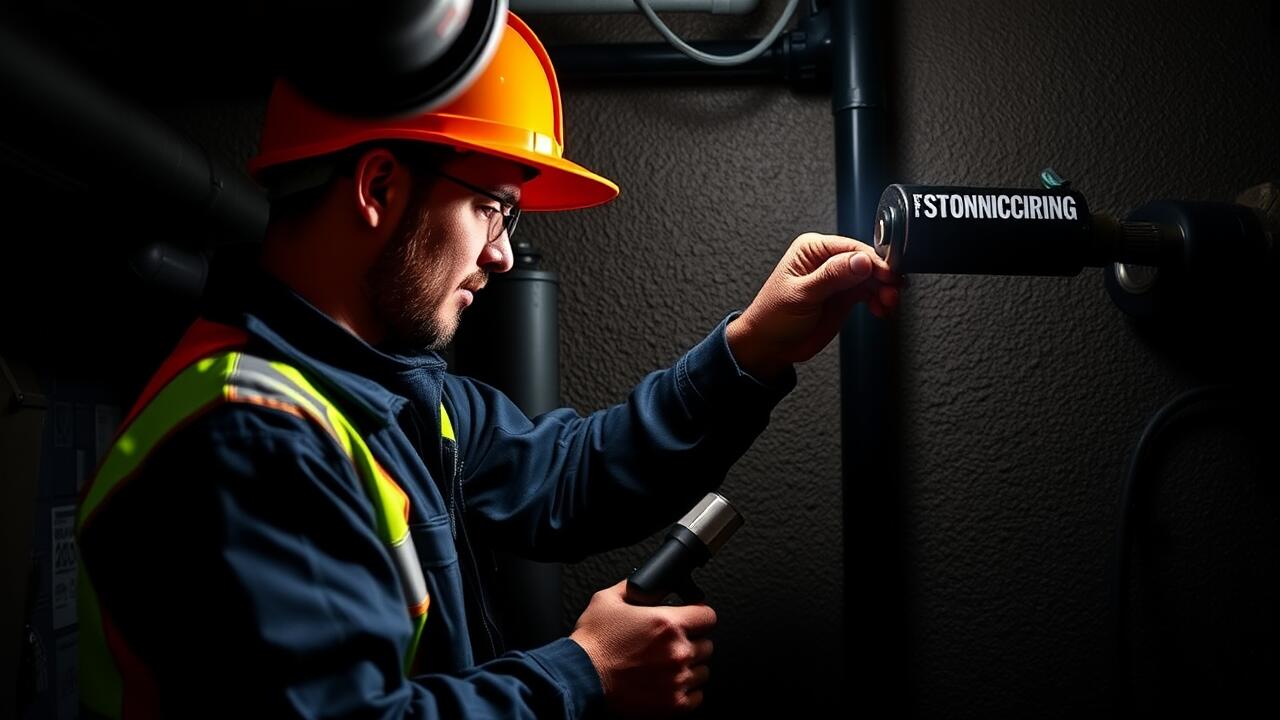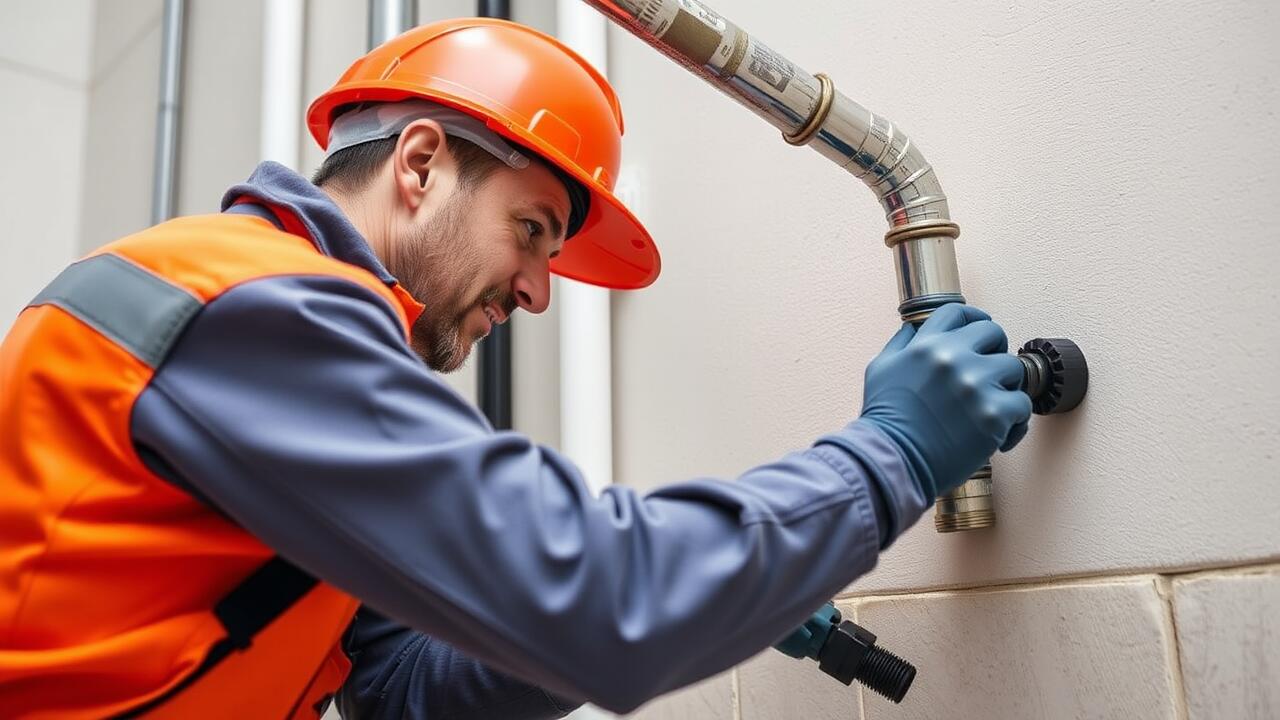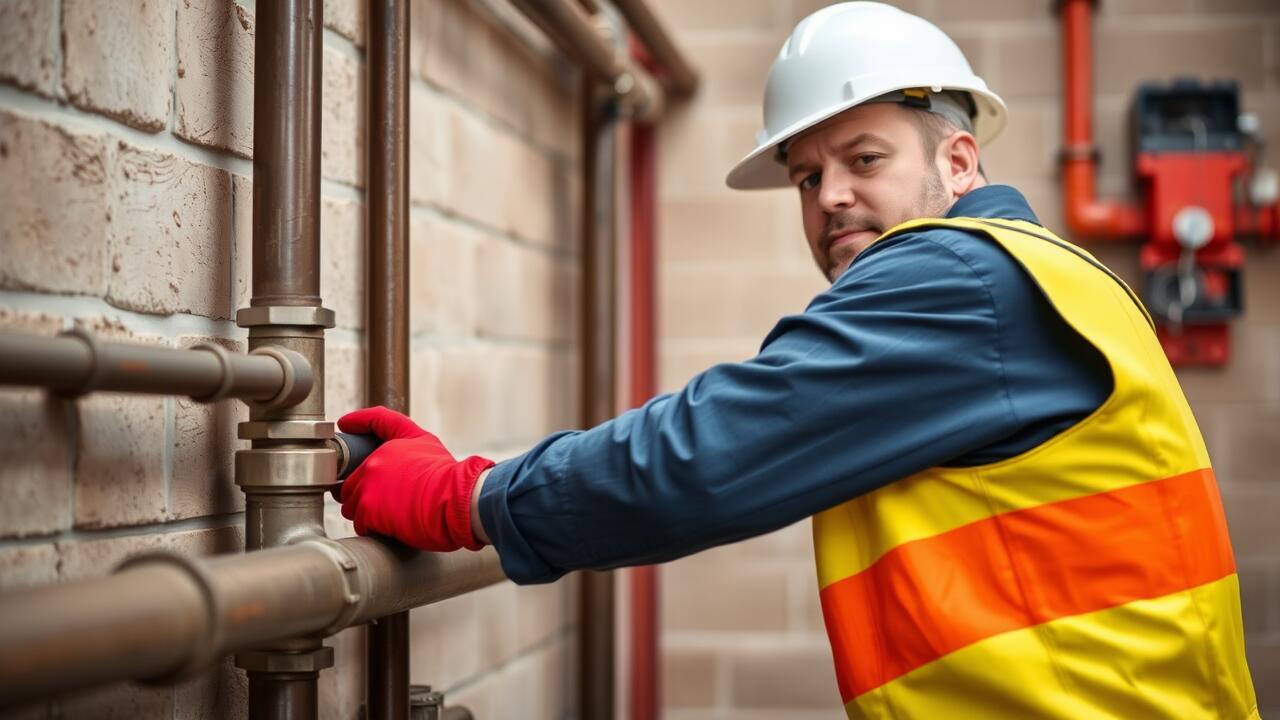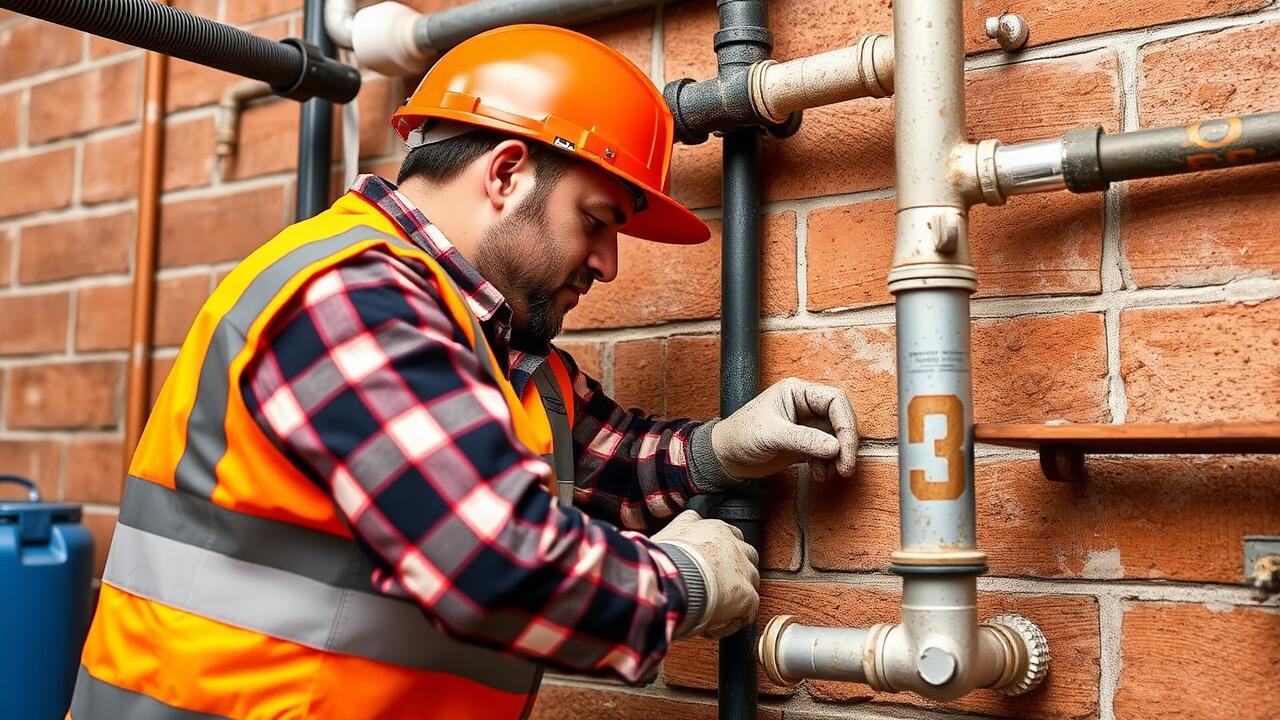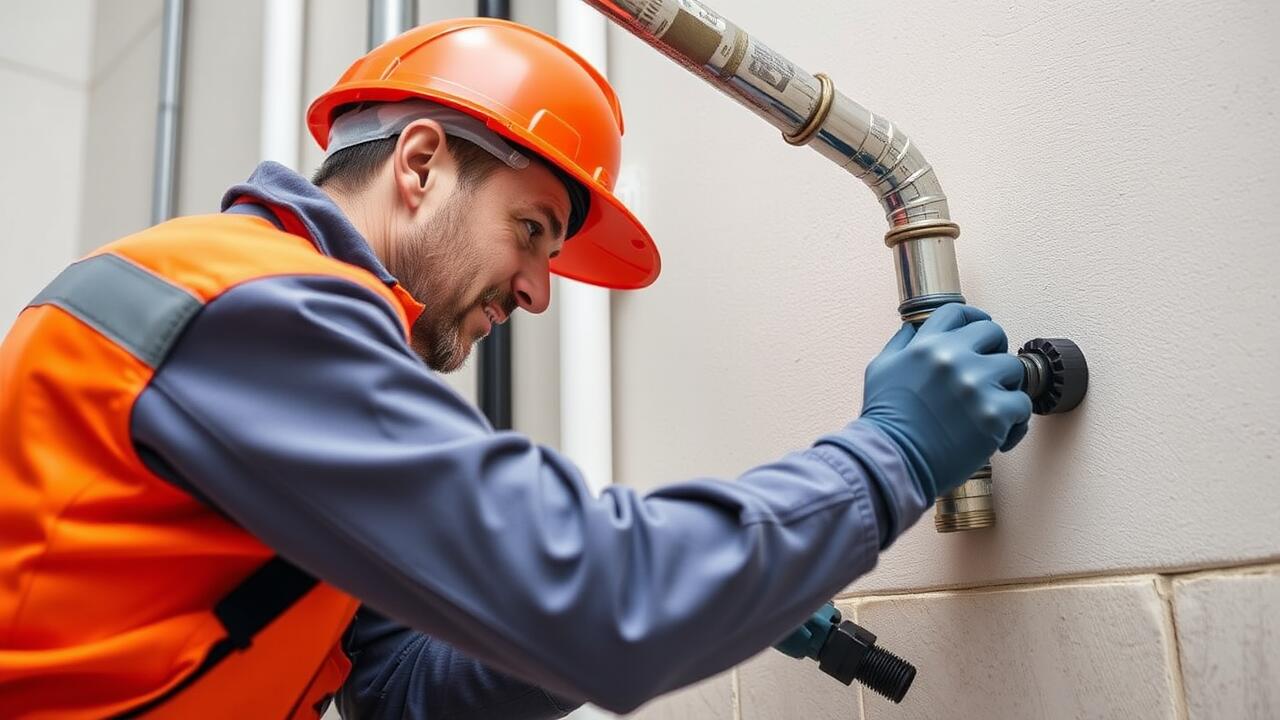
Insulating Copper Pipes
Insulating copper pipes is a crucial step in maintaining energy efficiency and preventing heat loss in plumbing systems. This practice is particularly important in regions where temperatures can fluctuate dramatically. Proper insulation can also help to prevent condensation on pipes, which can lead to mold growth and water damage if left unchecked. For Pipe installation in Studio City, Los Angeles, choosing the right insulation material, such as foam or fiberglass, can enhance the overall performance of the plumbing system.
When insulating copper pipes, it is essential to measure the diameter accurately to ensure a snug fit of the insulation material. Cut the insulation to length and wrap it tightly around the pipes, securing it with tape or adhesive where necessary. Pay special attention to areas where pipes turn or connect to fixtures, as these spots may require additional insulation to prevent heat loss. Ensuring that all exposed pipes are insulated will contribute to a more efficient system and extend the lifespan of the materials used.
Benefits of Insulation and How to Apply It
Insulating copper pipes offers numerous benefits that contribute to both efficiency and longevity. Insulation helps maintain the temperature of the water flowing through the pipes, reducing energy costs by minimizing heat loss in hot water applications. Additionally, proper insulation can prevent condensation from forming on cold pipes, which can lead to water damage and mold growth. In areas like Studio City, Los Angeles, where temperatures can fluctuate, insulation is particularly valuable for maintaining stable water temperatures year-round.
Applying insulation is a straightforward process that requires minimal tools and materials. Begin by measuring the length of the copper pipes and selecting insulation that fits properly, typically foam or fiberglass sleeves. Cut the insulation to size and carefully wrap or slide it onto the pipes, ensuring there are no gaps. Secure the insulation with tape or zip ties as needed. Taking the time to insulate correctly will maximize the benefits and protect your plumbing investment for years to come.
Troubleshooting Common Installation Issues
Common installation issues can arise during any plumbing project, including pipe installation in Studio City, Los Angeles. One frequent problem is improper fittings, which may lead to leaks and require immediate attention. Checking all joints and connections is essential. If leaks are detected, tightening the fittings can often resolve the issue. If problems persist, it may be necessary to disassemble the offending section and examine the components for damage or warping.
Another challenge experienced during installation involves ensuring correct slope and alignment. Pipes that are not level can hinder proper drainage and create potential blockage. To troubleshoot this, use a level to assess the slope of the pipes. Adjusting hangers and supports may be required to maintain proper alignment. Keeping the installation area organized can also help in identifying abnormalities and maintaining a smoother workflow.
Identifying and Fixing Common Problems
When engaging in pipe installation in Los Angeles, it's essential to be aware of common issues that can arise during the process. One frequent problem is improper alignment of the pipes, which can lead to leaks and inefficient water flow. Inspecting the joints and ensuring everything is straight and secure can prevent these complications. Additionally, using pipe supports can help maintain stability and alignment throughout the installation.
Another common problem encountered during installation is inadequate soldering. This can result in weak joints that are prone to failure. To fix this issue, one must reheat the joint to allow for proper melting of the solder. It's crucial to ensure that the surfaces are clean and free of debris before applying solder again. Regularly checking for leaks after installation is a smart practice to confirm the integrity of the connections.
Safety Considerations for Installation
Ensuring safety during pipe installation is crucial for both the installer and the surrounding environment. Personal protective equipment (PPE) should always be worn to minimize the risk of injuries. Items such as gloves, goggles, and hard hats can protect against cuts, eye injuries, and potential impacts from falling objects. Proper footwear with slip-resistant soles also contributes to a safer worksite, particularly in areas where water may accumulate.
When undertaking pipe installation in Studio City, Los Angeles, awareness of the work area is essential. The presence of electrical lines or other utilities must be inspected before starting the installation. Additionally, it's important to keep the workspace organized and free from unnecessary clutter. This not only helps in maintaining focus but also reduces the chance of accidents. Taking these precautions will help ensure a smooth and safe installation process.
Personal Protective Equipment and Safety Measures
When engaging in copper pipe installation, personal protective equipment (PPE) is essential to ensure safety on the job. Workers should wear safety goggles to protect their eyes from sparks and debris. Gloves designed for grip and cut resistance are also advisable, as they offer protection while handling sharp materials. Additionally, steel-toed boots provide foot protection, especially when heavy pipes are being transported or installed.
Safety measures extend beyond PPE to include proper ventilation and awareness of surroundings. Adequate airflow is crucial when working with solder and other materials that can release harmful fumes. Keeping the work area clear of obstructions minimizes the risk of tripping or falling. For those involved in pipe installation in Studio City, Los Angeles, awareness of local building codes and regulations further enhances safety and compliance throughout the installation process.
FAQS
What are the main benefits of insulating copper pipes?
Insulating copper pipes helps to reduce heat loss, prevent condensation, minimize noise, and protect against freezing in colder climates, leading to improved energy efficiency and lower utility bills.
How do I properly insulate copper pipes?
To properly insulate copper pipes, measure the diameter of the pipes to select the appropriate insulation material, cut the insulation to the correct length, and secure it around the pipes using adhesive or tape. Make sure to seal any gaps to ensure maximum effectiveness.
What are some common issues that can arise during copper pipe installation?
Common issues include leaks from improper fittings, misalignment of pipes, corrosion due to moisture or inadequate insulation, and difficulties in soldering or brazing joints.
How can I identify a leak in a copper pipe?
You can identify a leak by inspecting the joints and fittings for moisture or water stains, listening for hissing sounds, and checking for any sudden drops in water pressure.
What personal protective equipment (PPE) should I use when installing copper pipes?
When installing copper pipes, it's important to wear safety goggles to protect your eyes, gloves to shield your hands from sharp edges, and a mask if you are working with soldering materials to avoid inhaling fumes.

